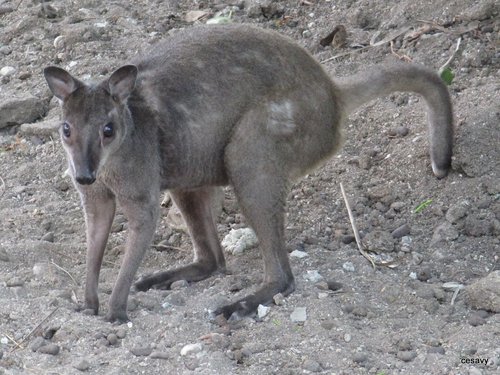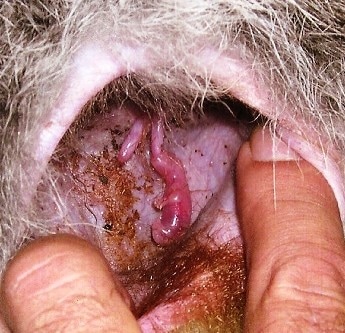|
In my home state of Missouri (USA), we have a few strange and beautiful birds, such as northern cardinals, scissor-tailed flycatchers, and bald eagles. But I have never seen birds as striking as the Birds of Paradise, which are found in New Guinea, eastern Indonesia and eastern Australia. There are about 40 species, and every one of them is a wonder of specialized adaptation of very specific and remarkable colors and behavior rituals for the males to attract mates. If you want to be blown away by their colors and behaviors, check out the video on this page. The King of Saxony Bird of Paradise makes an appearance at the very beginning of my novel, Diffusion, when Quentin is trying (unsuccessfully) to get a moment of solitude away from his boisterous students on their field trip to Papua, Indonesia. That happens, of course, before tragedy strikes their group. The most striking thing about this species is the pair of long "eyebrows," which are feathers a half-meter long that look like long, serrated blades. Only the males have these, because they are used in an elaborate courtship dance to convince a female that they are worthy of serious consideration as boyfriend material. They have muscles in their heads that allow them to precisely move these long feathers around at will, making for a mesmerizing display. The native aborigines of New Guinea call the bird the "kiss-a-ba," which is what its call sounds like. The natives hunt the male birds because they use the long eyelash feathers in their ceremonial headdresses. These feathers are also sometimes collected from the bowers of bowerbirds. Male bowerbirds collect unusual items to create their bowers, which they use to impress females, and molted King of Saxony feathers are prize possessions for their bowers. Bowerbirds also make an appearance in Diffusion and will be featured in a future email. So the King of Saxony Bird of Paradise should be included in the T.A.T.C.H.O.F. - the Thriven and Thro Creature Hall of Fame.
Fun Fact: "Thriven and Thro" is a term that was used in the 14th, 15th, and 16th centuries, particularly in poetry, to call someone excellent. Basically it means "awesome."
0 Comments
Another creature that makes an appearance in my novel, DIFFUSION, is the Dorcopsis. Sometimes these are called gazelle-faced wallabies. As you can probably guess from the photo above, these cat-sized creatures are related to kangaroos (they are all part of the group of marsupial mammals called Macropods, which includes kangaroos, tree kangaroos, wallabies, and more). Why is the Dorcopsis amazing? Well, one reason is that they are exceedingly obscure, found only in certain forests of New Guinea and a few Indonesian islands. Also, they usually have only one young at a time, which starts out as a tiny, naked, jellybean-sized critter, which then lives in the mother's pouch for a whopping 180 days! Wow, talk about kids who are reluctant to leave home! Usually the next baby is born before the last one has left the pouch, and the mother will suckle both young at the same time. Notice how the young in the photo above is suckling on one of two teats? Well, many of the kangaroo-type marsupials can produce two types of milk, one that is suited more for the tiny newborn, and another type of milk with a higher fat content for the older joey.
And one more thing. The Dorcopsis has fairly long front legs (for a kangaroo, that is). Aboriginal hunters report that they are most often encountered on rocky banks of rivers, where they use those long arms to flip over flat stones as they search for cockroaches to eat. Yum! And so the Dorcopsis deserves a spot in the GAHOF. That's the Gradely Animal Hall of Fame. Fun Fact: the term Gradely was first used to refer to people who were prompt, but by the 1400s, it was used to label things, basically meaning they were "awesome." |
Stan's Cogitations
Everyone needs a creative outlet. That's why I write. Archives
July 2024
|



 RSS Feed
RSS Feed